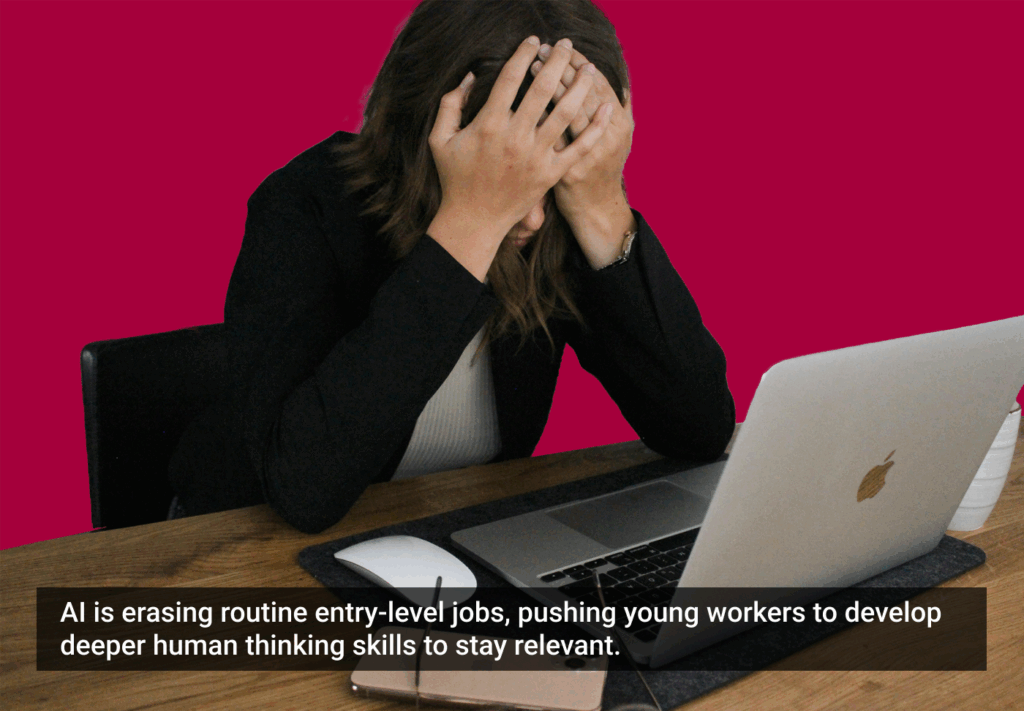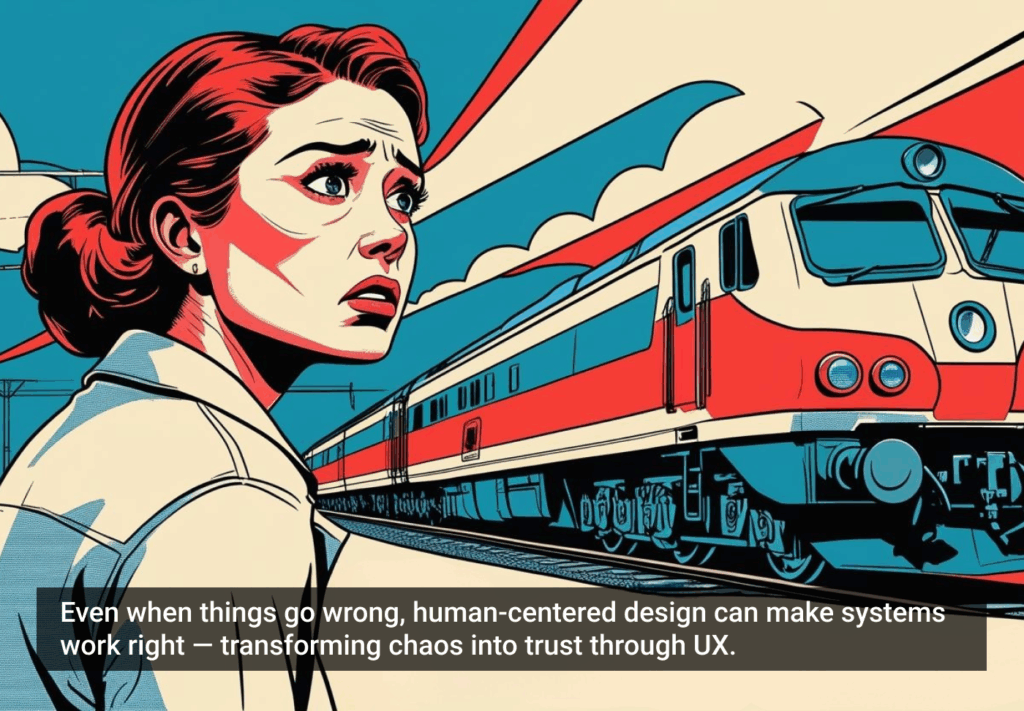- AI in UX, Artificial Intelligence, Design Research, Human-Centered Design, UX Research
Explore how design researchers can earn the trust and buy-in that give studies impact, even as AI shifts how teams work.
Article by Sara Fortier
Earning the Right to Research: Stakeholder Buy-In and Influence in the AI x UX Era
- The article emphasizes that synthetic data and AI tools promise speed, but not the alignment or shared purpose that makes design research effective in solving design problems.
- It asserts that meaningful human-centred design begins with trust and the permission to conduct research properly (i.e., strategically).
- The piece outlines how to build stakeholder buy-in for design research through practical strategies that build influence piece by piece within an organization.
- Adapted from the book Design Research Mastery, it offers grounded ways to enable impactful user studies in today’s AI-driven landscape.
Share:Earning the Right to Research: Stakeholder Buy-In and Influence in the AI x UX Era
Share this link
- November 27, 2025
12 min read






